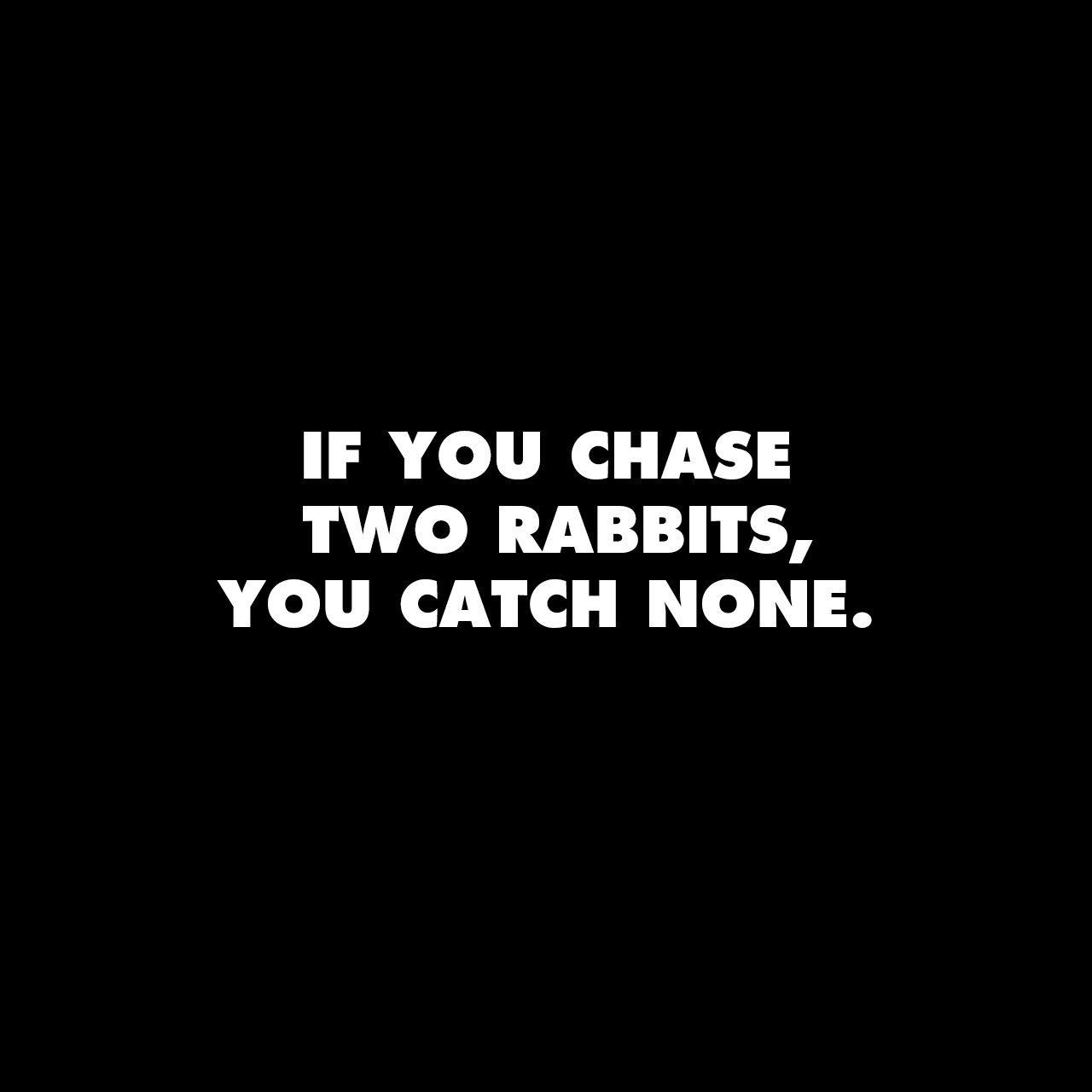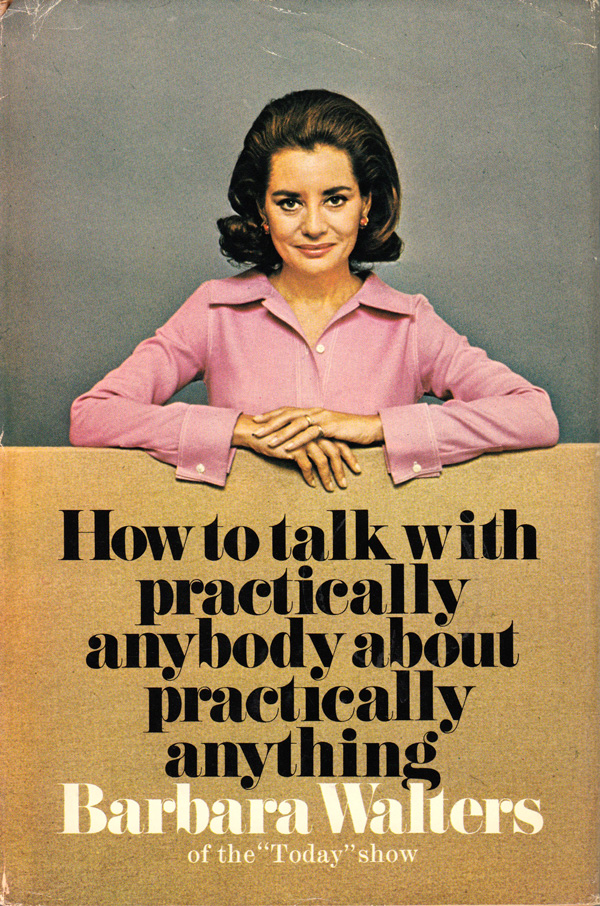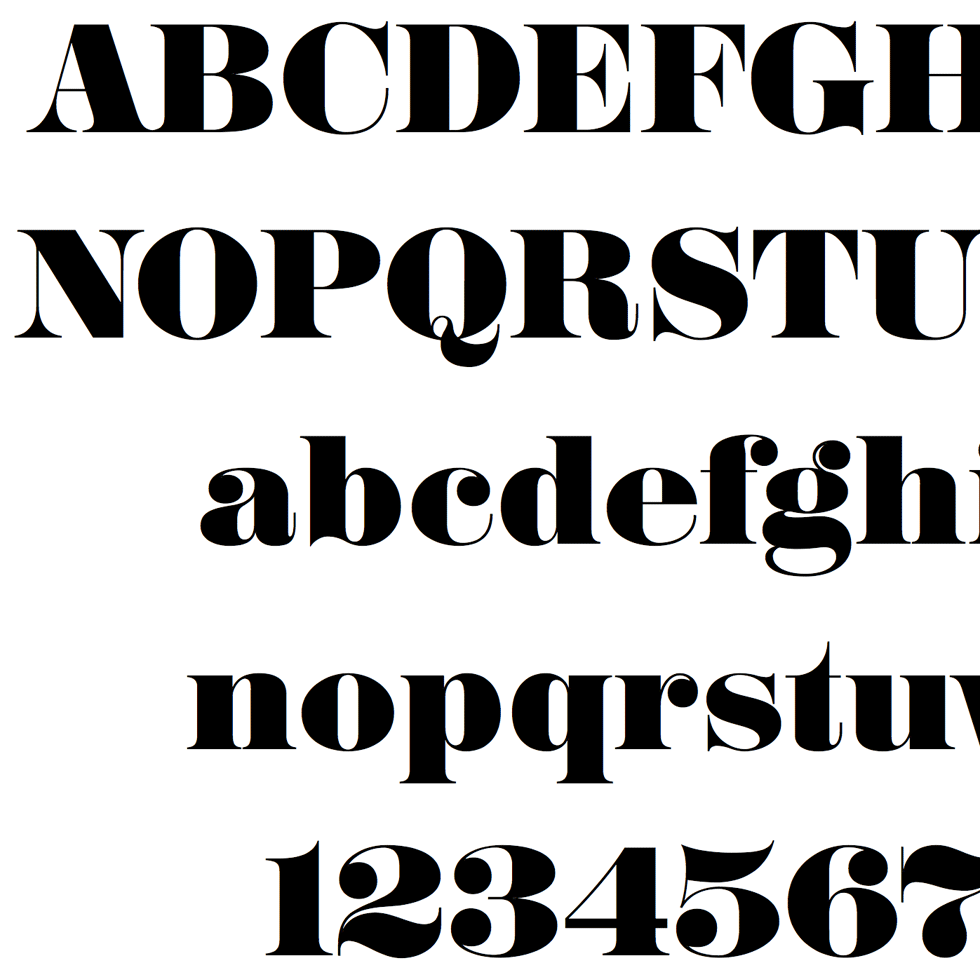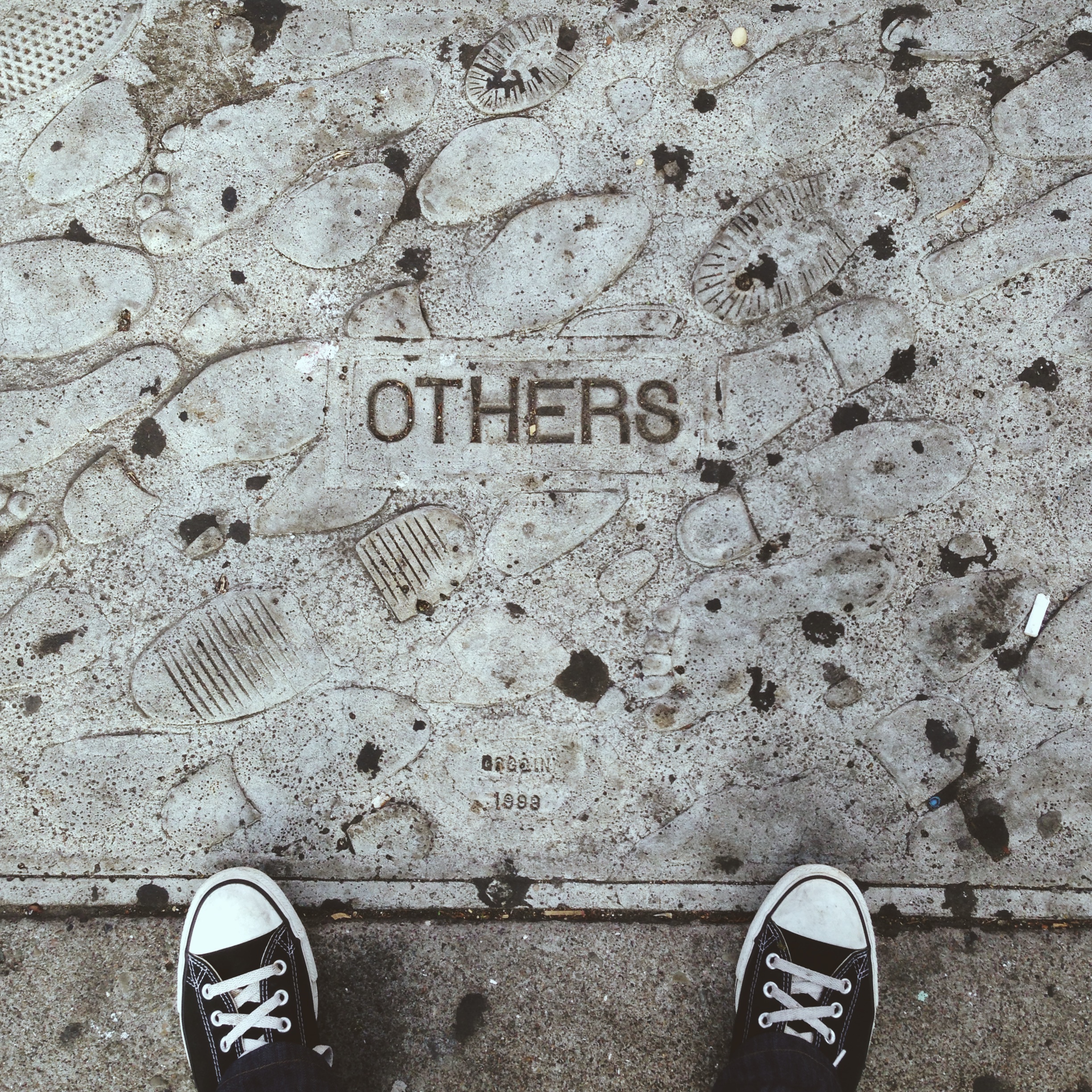Focus

—Chinese/Russian/Native American Proverb (so says the Internet)

—Chinese/Russian/Native American Proverb (so says the Internet)
Now, there is the matter of the mob mentality who, yesterday, got all riled up about two things: 1) The new icon looks like the logo of Automation Anywhere and have claimed it was ripped off, and 2) the new icon looks like every sexual reproductive organ in the male and female anatomy. To the first claim: had you ever heard of Automation Anywhere before yesterday? Right, didn’t think so. To claim that DesignStudio or Airbnb copied or stole the logo is idiotic. It simply points to the fact that neither logo is highly original in its shape and that it’s possible that out of the millions of companies out there designing logos for themselves to arrive at similar solutions. To the second claim that the logo looks like testicles, a vagina, a butt, a penis, and an asshole — all already dutifully illustrated in this Tumblr (NSFW) — seriously, how old are y’all, 13? Grow up. It’s a fucking “A”.
—Armin Vit on the new Airbnb logo
Airbnb has new branding by DesignStudio.
It’s fun, fresh and really dig it.
Former NYTimes.com design director, Khoi Vihn disagrees:
I can’t pretend to know what went into designing the Bélo, but the end result is surprisingly tone deaf. This seems like a case of a still young startup that wants to assign meaning to its stratospherically successful brand so badly that it has quickly gotten in over its head. The story that Airbnb tells in order to contextualize its new identity seems similarly hamfisted and overly self-important to the point of satire. Airbnb is successfully disrupting the tremendous and staid lodging industry, but it’s hard to imagine this particular combination of pomposity and message mismanagement from say Holiday Inn.
Khoi wouldn’t have to “pretend to know what went into the design” because DesignStudio documented the process behind their work. I particularly like how the logo forms an “A” from two b’s facing in each other. It also looks like an upside-down heart.
Opinions are like assholes. Everybody has one (I do, Khoi does).
If Airbnb had crowdsourced a shitty logo over the weekend, they’d be getting chastised for putting to little effort into their branding. For Khoi, they’ve done too much. You’re damned if you do, and you’re damned if you don’t.
Personally, I live by the gospel according to Andy Warhol: “Don’t think about making art, just get it done. Let everyone else decide if it’s good or bad, whether they love it or hate it. While they are deciding, make even more art.”
The same goes for design.
I’ve been binging on display typefaces lately. I think it has to do with having jumped back into print design over the last few years.
My latest find? Sahara Bodoni.
I spotted it on this old Barbara Walters book cover (see below) posted over at Brain Pickings. What a gorgeous typeface. Barbara didn’t look too shabby back in the day either.
Reminds me of Anne Bancroft from The Graduate.


This week Michael and Bryan discuss how age affects HRT (Hangover Recovery Time), LeBron James, Microsoft’s lack of strategy, Windows 7, GIF having a hard “g” and the fact that Bryan’s computer gremlins have been with him since college. F!ck those gremlins.
Weekly Exhaust, Episode 8
Apple and IBM Forge Global Partnership to Transform Enterprise Mobility

Microsoft, you can move forward with those layoffs. Keep up the innovation.
[For you kids who didn’t know, that guy in the picture is Steve Jobs, the founder and former CEO of Apple computer. He’s giving IBM a big fuck you.]
I’m loving this analysis of Microsoft by John Kirk on Microsoft.
His premise is Microsoft ignores every rule of warfare in how they decide to compete with products made by other companies.
Like when Microsoft took on the iPod with the Zune:
From a strategic standpoint, Microsoft’s move to create the Zune was inane and bordering on the insane. Its strategy:
– 1) Obliged Microsoft to betray its existing allies (hardware manufacturing partners);
– 2) Required Microsoft to abandon its greatest and most powerful weapon (licensing software to hardware manufacturers);
– 3) Compelled Microsoft to fight with unfamiliar weapons (hardware);
– 4) Forced Microsoft to fight on the battlefield of its opponent’s choosing and where its opponent could could leverage its strongest assets (integrated software and hardware).
And then again with Bing:
Google was founded in 1998 and soon became a very real threat to Microsoft. A response by Microsoft was appropriate and called for…but not the response Microsoft made. As usual, Microsoft went right at ’em by challenging Google where Google was strongest and where Microsoft was nonexistent — in search.Let’s examine this from a strategic perspective:
1) Attack opponent where opponent is strongest. Check.
2) Attack opponent with a weapon with which you have little or no expertise (search engine/machine language). Check.
3) Attack opponent where they live, thus guaranteeing that they will they will be inspired to fight with desperation in order to ensure their very survival. Check.
4) Attack where even success gains you little or nothing. Check.
For too long, Microsoft has been in reaction mode to every other company doing something innovative (and profitable).
It begs the question, what do they really love to create? What are they good at?
Ultrasonic Gesture Recognizer developed by Chirp Microsystems
hat tip @HelenSitu
When factoring in smartphones, tablets and other gadgets along with traditional PCs, Turner estimated that Windows is only on around 14% of them, which is obviously a vastly different reality from the one that Microsoft faced 10 years ago when Apple was mostly known for producing the iPod and when Google was just a very popular search engine.
—Brad Reed, Reality sinks in for Microsoft
Adjust uses the term “zombie app” to describe an app that doesn’t get measurable attention to regularly receive rankings in the top lists on the App Store. In June, 953,387 apps out of the 1,197,087 available ones (or 80%) were zombie apps, up from 75% in December 2013 and 70% in June 2013.
These percentages may seem high, but the low number of downloads is driven by the fact that app discovery is still a major issue for developers. With 60,000 apps added to the App Store every month, it’s becoming increasingly more difficult for apps to stand out. With 60,000 apps added to the App Store every month, it’s becoming increasingly more difficult for apps to stand out. According to Adjust, only one-fifth of apps were sufficiently visible in June.
—Samantha Murphy Kelly, Report: Nearly 80% of Apps in Apple’s App Store Are Basically Lifeless
George Carlin said, “Kids are like any other group of people: a few winners…a whole lot of losers.”
Same goes for apps.
*The 80/20 Rule aka the Pareto Principle
I’m still on Instagram.




These are awesome.